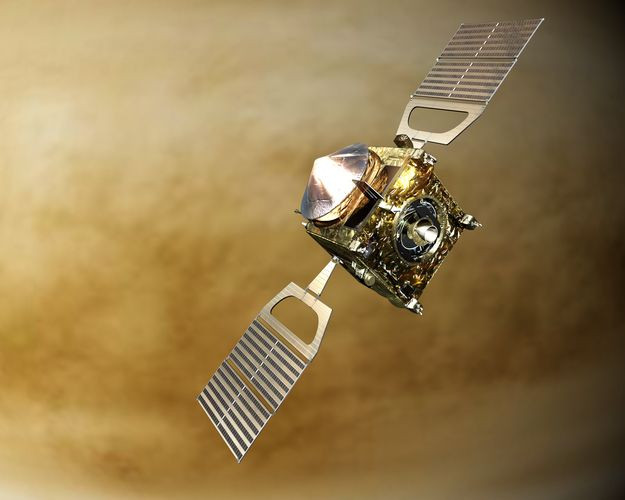NASA Study Shows Alien Life May Have Existed In Venus

When it comes to finding life outside of Earth or finding another place where humans could survive, Planet Mars has always been on top of our list.
Earth’s close cousin is considered to be the most habitable compared to other close planets like Venus, which is known as the “Earth’s twin.” Venus is now being regarded as one of the most dangerous planets to be in because of its crushing carbon dioxide atmosphere that’s 90 times as thick as the Earth’s and surface temperatures reaching 462 degrees Celsius (864 degrees Fahrenheit).
It is hard to imagine that life ever existed on Planet Venus, but now scientists believe that this might not always be the case. In a report, a new NASA computer model shows that Venus’ climate history used to be fairly cool enough for life to actually survive.
In fact, until around 700 million years ago, the temperature in Venus may have ranged from 20 degrees Celcius to about 50 degrees Celcius. This means that Venus’ atmosphere was cool enough for flowing water to exist on the surface of the planet. And where there’s water, there’s also usually life.
The new computer model incorporated information gathered by NASA’s Pioneer Venus mission which launched in the 1980s. The data taken during the mission showed that it was very possible that Venus once had a shallow ocean.
However, because of its close proximity to the Sun, it was very possible that water may have quickly evaporated before life could actually develop. Without any water, it would be easy for CO2 gas to dominate the surface and the atmosphere which would eventually define Venus’ dangerous and harsh environment.
Now the new computer model which was created by the NASA Goddard Institute for Space Science showed that the shallow ocean of Venus could have survived up to three billion years — enough time for life to actually evolve.
It might be difficult now to prove that there’s still organic life lurking somewhere in Venus’ extreme environment but scientists believe that this new information could also help explain whether or not there’s life outside our own Solar System.
“Our hypothesis is that Venus may have had a stable climate for billions of years. It is possible that the near-global resurfacing event is responsible for its transformation from an Earth-like climate to the hellish hot-house we see today,” Dr. Michael Way, study lead of NASA’s research said in a statement.
“Our models show that there is a real possibility that Venus could have been habitable and radically different from the Venus we see today. This opens up all kinds of implications for exoplanets found in what is called the ‘Venus Zone’, which may in fact host liquid water and temperate climates.”
© Copyright IBTimes 2025. All rights reserved.





















